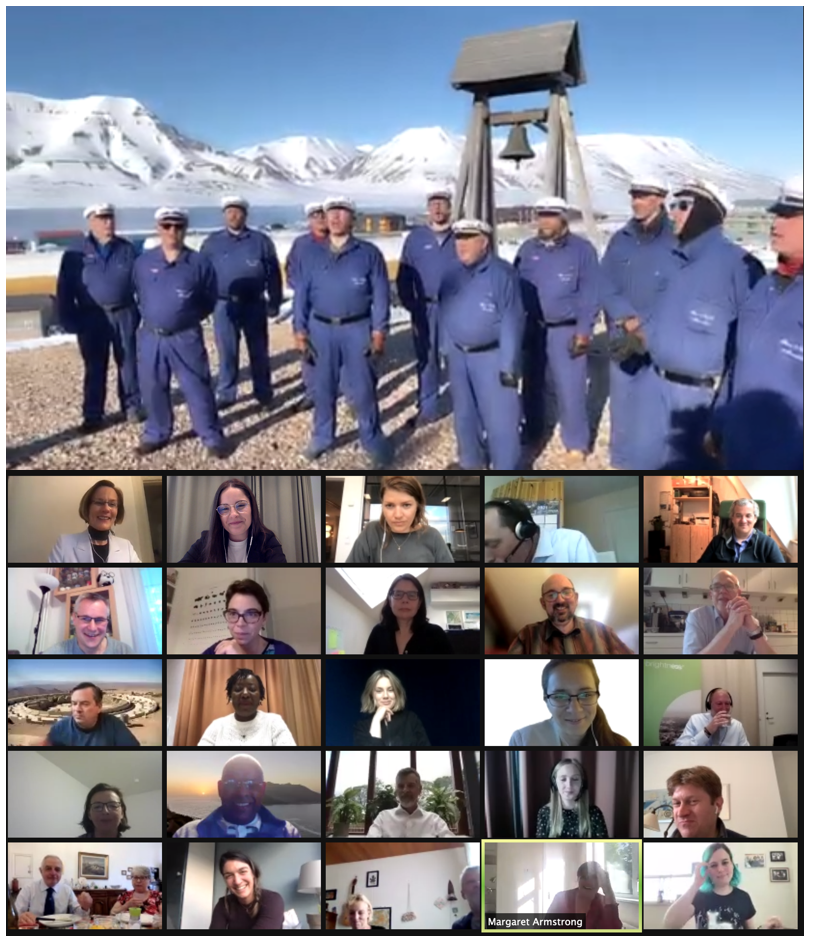From the massive to the molecular, the dangerous to the delicate, the global to the granular: RI.Logistica delivers
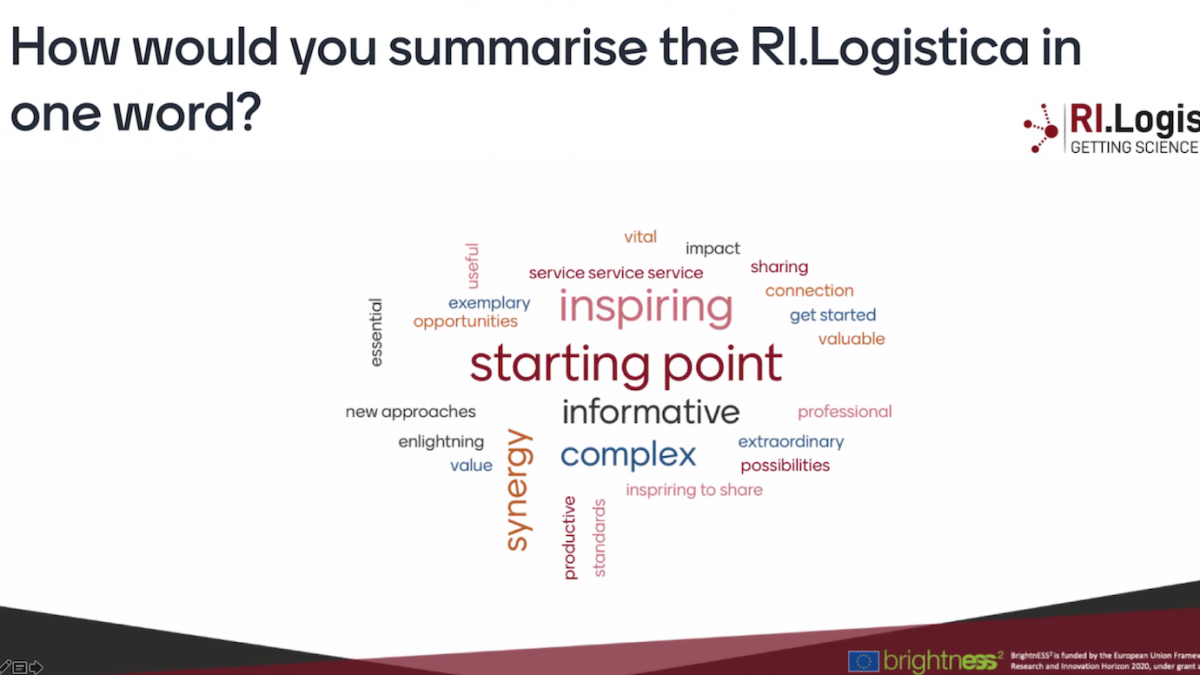
The conference, which was organised and sponsored by the European Spallation Source’s (ESS) EU grant project, BrightnESS², functioned both to survey logistics best practices across Europe’s research infrastructures (RIs) and to bring together some of the most experienced professionals in research facility logistics and supply chain management for the first time. Using lessons learned from organisations as diverse as the Louvre Palace, the European Southern Observatory (ESO), the International Atomic Energy Agency (IAEA), and the United Nations Children’s Fund (UNICEF), participants ranging from procurement professionals to user office managers were able to get a taste of “how it’s done” across a broad spectrum.
ESS’s outgoing Head of External Relations and EU Projects Ute Gunsenheimer and ESS Senior Logistics Officer Jörgen Larsson played leading roles in initiating and programming the conference, and were on-hand throughout as hosts of the meeting. To open the conference, they introduced ESS Acting Director General Kevin Jones and the European Commission’s Dominik Sobczak, Deputy Head of Unit, R&I Actors & Research Careers, DG-RTD.
Toward a collective voice for standardization
Kevin Jones’s decades of management experience at major US research facilities gives him a unique perspective on the complexities of the European cross-border logistics he has encountered since joining one of Europe’s largest RI construction projects. Jones highlighted some of the inefficiencies in the European system that have been flushed out by the uniquely broad in-kind contribution model of ESS. Offering a general take on where the solutions lay, Jones emphasised that standardisation of best practices across RIs, together with a forceful, collectivised RI voice would be the way forward.
The EC’s Sobczak confirmed that RI.Logistica was on the right track by reaffirming the Commission’s commitment to the development of the European Research Area (ERA) through the consolidation of the European RI landscape. The key, noted Sobczak, is to strengthen first the bonds between RIs, so that partnerships among the Commission and RI stakeholders, e.g. member states and the science and industry communities, can be leveraged to move European research and innovation forward in a strong and sustainable way.
YOU CAN WATCH THE CONFERENCE SESSION-BY-SESSION ON THE RI.LOGISTICA YOUTUBE CHANNEL THE CONFERENCE PRESENTATIONS WILL BE MADE AVAILABLE ON THE RI.LOGISTICA WEBSITE
Covid-19, Brexit and the supply chain’s new normal
A major subtext of the meeting was the ongoing disruption to logistics and the global supply chain caused by the Covid-19 pandemic. Most critically impacted by this unprecedented moment is private industry, and several speakers underscored that RIs must learn from the dynamic shifts in strategy and tactics made by their more experienced counterparts, for whom efficient supply-chain management is existential. Apart from surveying the most recent trends in logistics, both from industry and RIs, participants heard not only about the movement of major—in terms of both size and value—technical components around the globe (ESO, ITER, SIOS), but also about the critical movement of biological materials both at scale (UNICEF, Pharma.Aero) and for single and high-throughput experiments at user facilities like neutron sources and synchrotrons (Molox, EIROforum, EMBL).
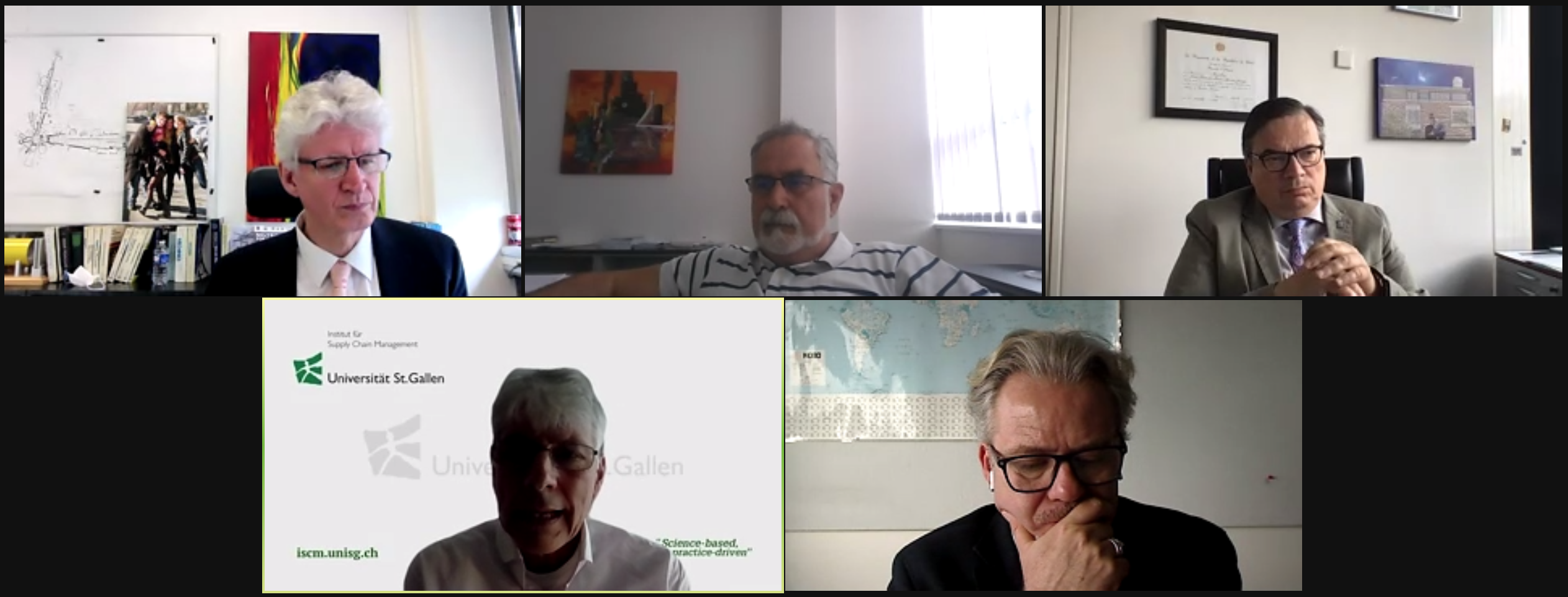 |
RI.Logistica session 1 panelists, clockwise from top left: Helmut Schober (EIROforum), Jan Hrušak (ESFRI), Xavier Barcons (ESO), Jean-Cédric Meeùs (UNICEF), and Wolfgang Stoelzle (Univ. of St. Gallen) |
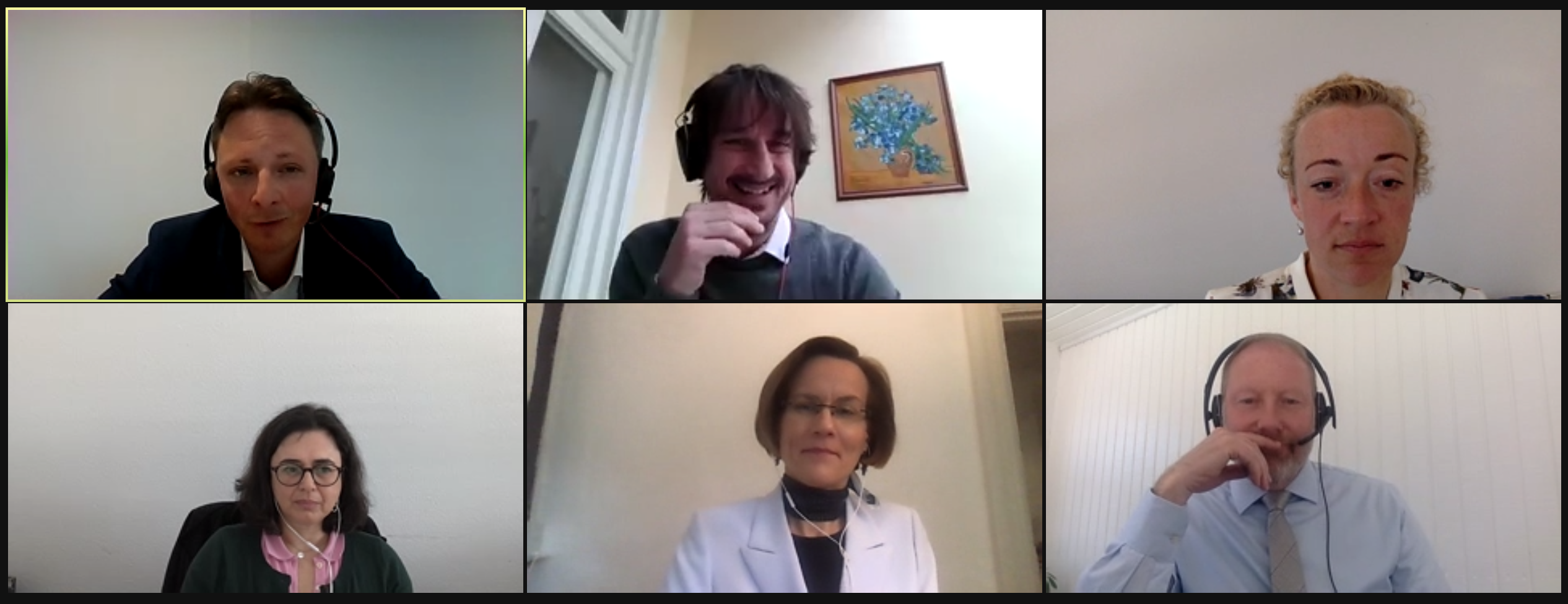 |
Session 2 panelists, clockwise from top left: Nathan De Valck (Pharma.Aero/Brussels Airport), Anton Ussi (ERIC Forum/EATRIS), Sophie Zimmermann (Molox), hosts Jörgen Larsson and Ute Gunsenheimer (ESS), and Isabel Bento (EMBL) |
The European Commission’s Head of the Taxation and Customs Union Unit in DG-TAXUD, Fernando Perreau de Pinninck, joined representatives from European XFEL, CERN, and Gerlach Customs brokers, who together took a look at EU and member state trade regulations and the impacts of another elephant in the room: Brexit. As a key member state for many major European RIs, the UK’s ruptured trade link with mainland Europe is only beginning to show its teeth. Like the pandemic, Brexit is necessitating ad-hoc logistics and supply chain adaptations that will need to move toward standardisation across European actors.
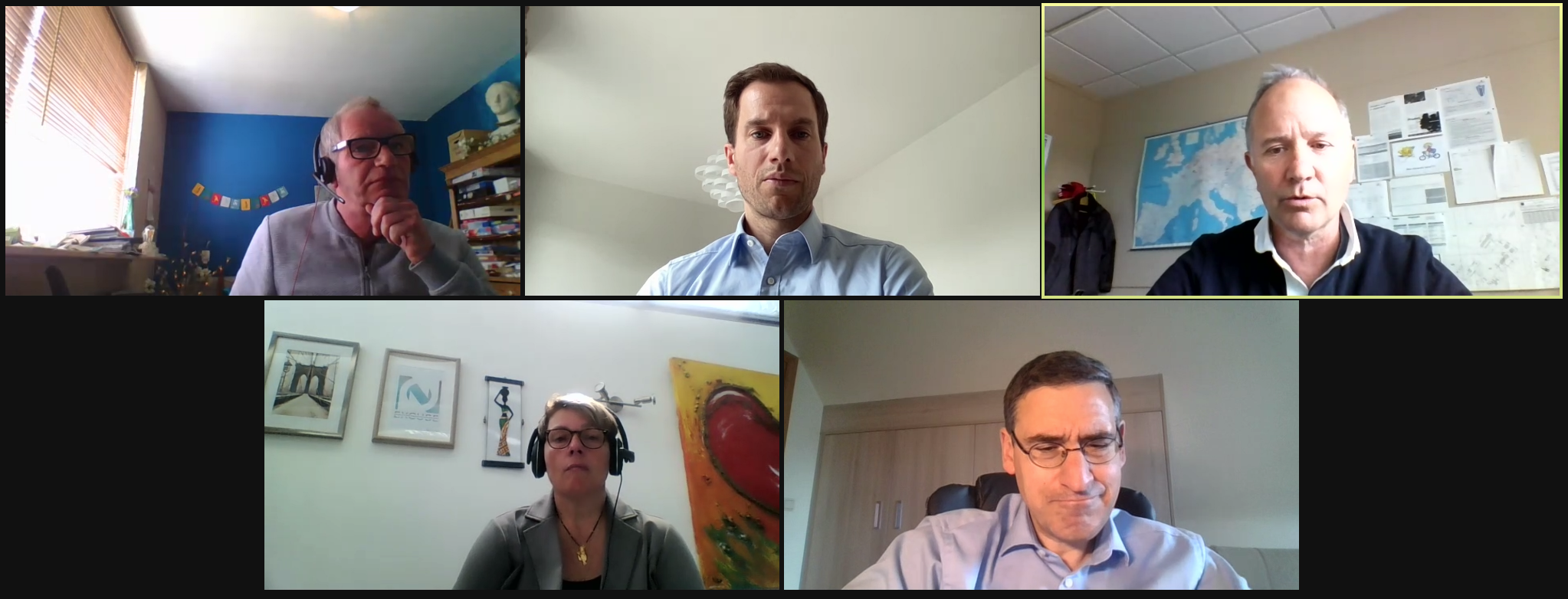 |
Session 3 panelists, clockwise from top left: Patrick Muffat (CERN), Thomas Weins and Paul de Heij (Gerlach Customs), Fernando Perreau de Pinninck (DG-TAXUD), and Kitty Fritz-Nielen (European XFEL) |
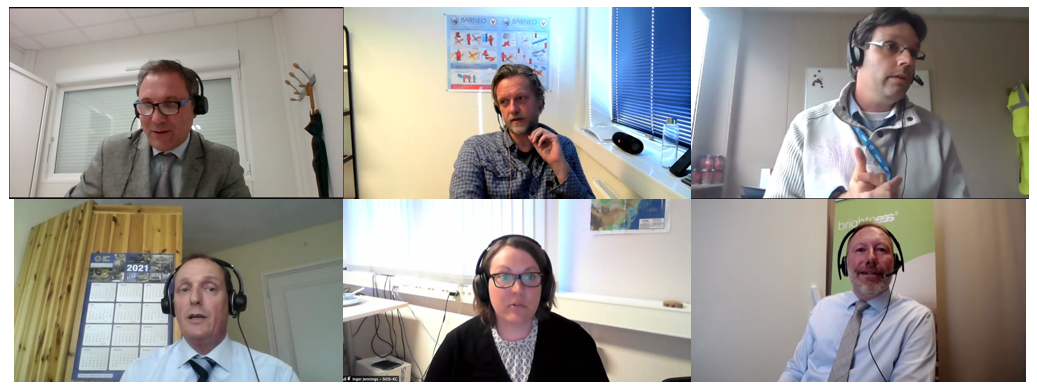 |
Session 4 panelists, clockwise from top left: François Genevey (ITER/Daher), Terje Aunevik (Pole Position), Cédric Garino (CERN), Jörgen Larsson (ESS), Inger Jennings (SIOS), and Ben Slee (Fusion for Energy/ITER) |
Day 2: Fine art, nuclear material and the digital transition
The second day’s sessions highlighted the development of logistics practices in the handling and insuring of art and heritage artefacts, as well as the regulations and politics at play in the transport of dangerous and hazardous goods.
Establishing and maintaining high standards across the industry is what has enabled RIs to move to the centre of the study of especially delicate, invaluable and irreplaceable artefacts, which are not lent to science lightly. Representatives from the Louvre Palace’s C2RMF group’s new AGLAE facility for the study of heritage science, and Löic Bertrand of Université Paris-Saclay, presented the museum-side and RI facility-side perspectives on the logistics and insurance procedures that have enabled a new generation of science-based art and heritage studies. A representative from the global logistics insurer Siaci Saint Honore was also on hand to give participants insight into the insurer’s perspectives and policies on safeguarding fragile and precious goods in transit and storage.
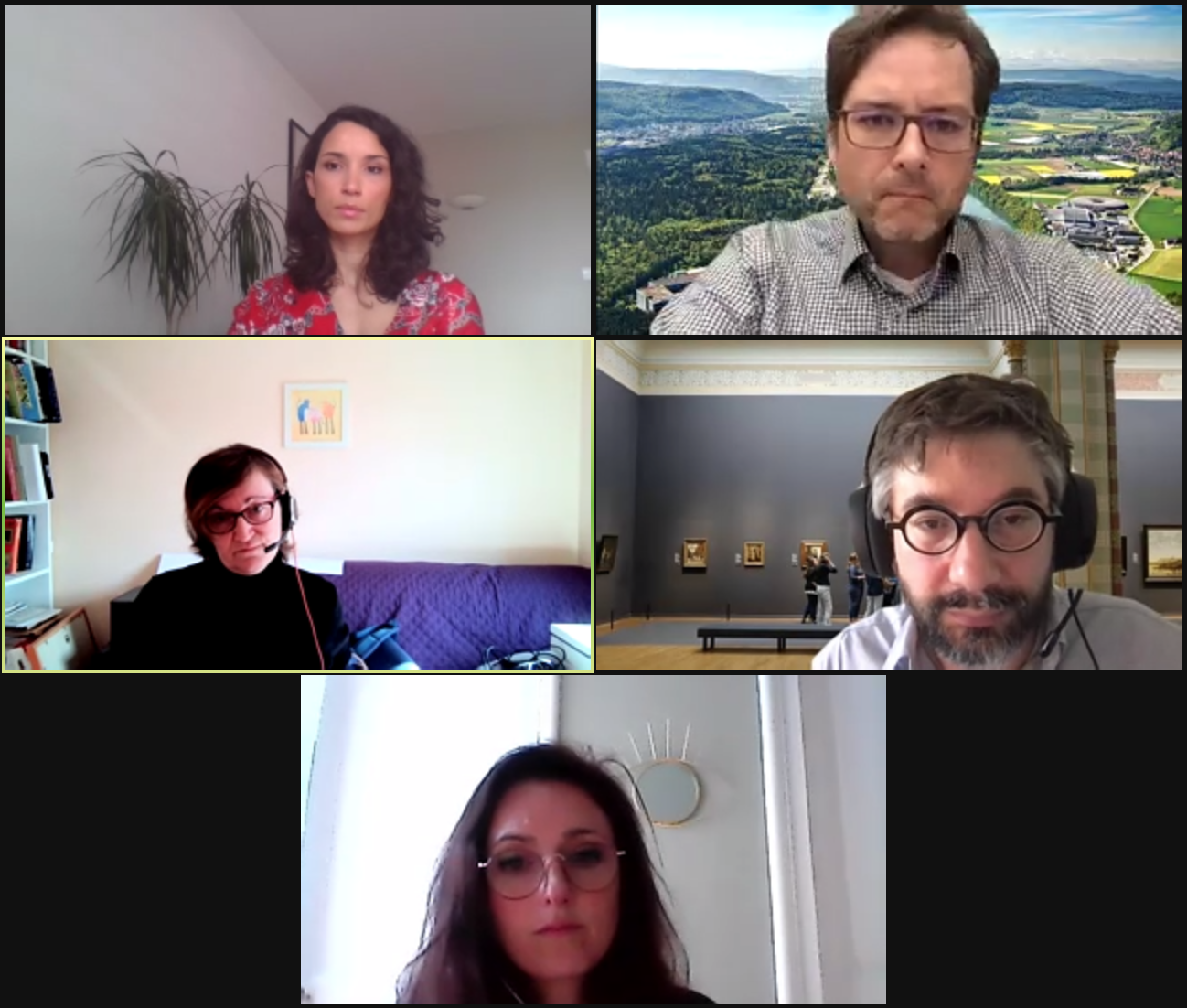 |
Session 6 panelists, clockwise from top left: Gloria Rolland (Siaci Saint Honore), David Mannes (PSI), Loïc Bertrand (Univ. Paris-Saclay), Marie Courselaud and Claire Pacheco (C2RMF, Louvre Palace) |
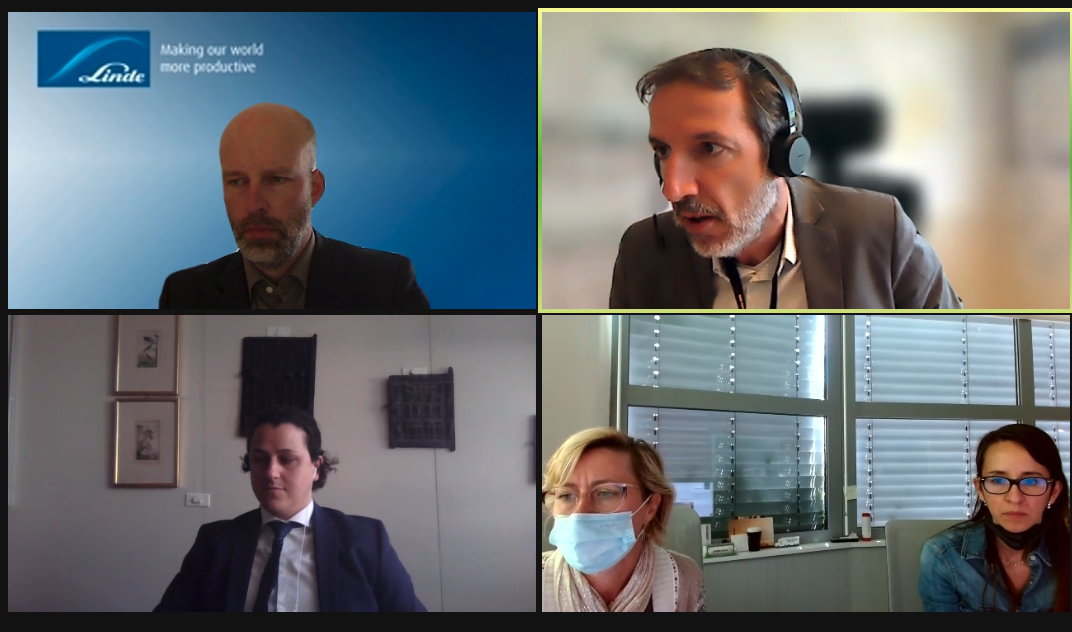 |
Session 7, clockwise from top left: Tobias Vikberg (Linde Gas), Jean-Michel Mure (Fusion for Energy), Stéphanie Chatelain and Stephanie de Oliveira (CNRS), and Richard Lelievre (IAEA) |
Scaling up once more, the conference moved from art works to nuclear material, with a panel including the world’s chief regulator of dangerous and hazardous goods, the IAEA, and Fusion for Energy, the group working to develop the world’s largest fusion reactor, ITER. Representatives from the French National Centre for Scientific Research (CNRS) and Linde Gas—a major supplier to ESS and other scientific and industrial facilities—rounded out the panel. The presentations showed conference participants “how it’s done”, walking them through detailed safety procedures and leaping together over regulatory hurdles to enable the safe and efficient transport of radioactive material, lithium batteries, and liquefied gases.
A red thread running through each of the conference’s sessions was the increasing reliance on technology to build efficiencies and to solve problems arising from rapidly increasing complexity and data overload in the fields of logistics and supply chain management. Joining the conference to discuss the industry’s digital transition—both technological and cultural—were data experts from IBM Research Haifa, the Big Data Value Association, the Swedish retail group, ELLOS, and the Norwegian research project, Nansen Legacy, based in the Arctic Circle.
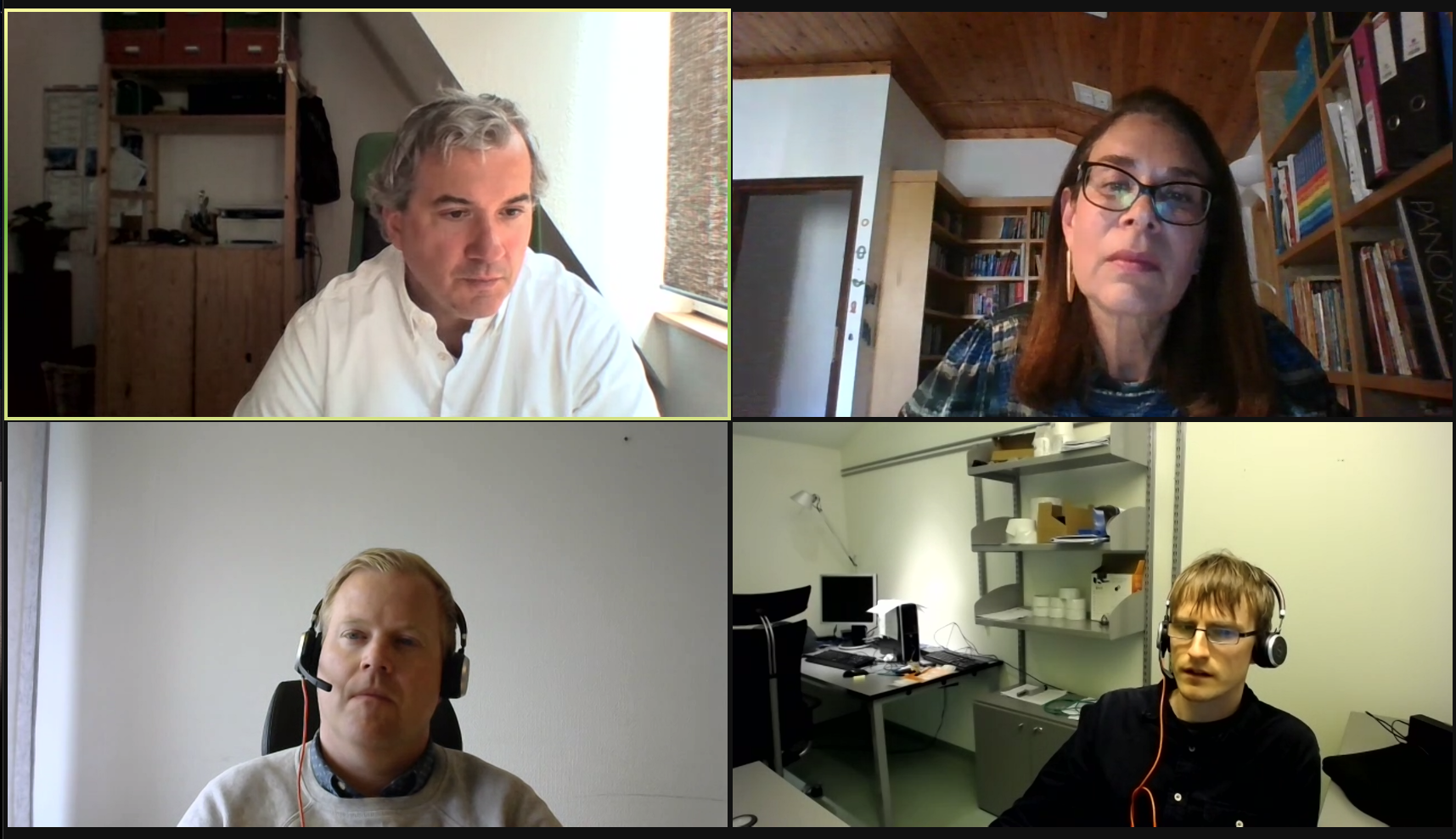 |
Session 8 panelists, clockwise from top left: Andreas Metzger (Big Data Value Association), Fabiana Fournier (IBM Research Haifa), Luke Marsden (Nansen Legacy/SIOS), and Mathias Parkhagen (ELLOS Group) |
RI.Logistica: Moving forward together
ESS organisers Gunsenheimer and Larsson returned to close out the conference with a cleverly interactive session that solicited live feedback and discussion from the diverse group of conference participants. The discussion put faces and voices to the remote audience and moved towards consensus on a way forward for RI.Logistica and its proposed mandate to serve as a forum for such exchanges going forward.
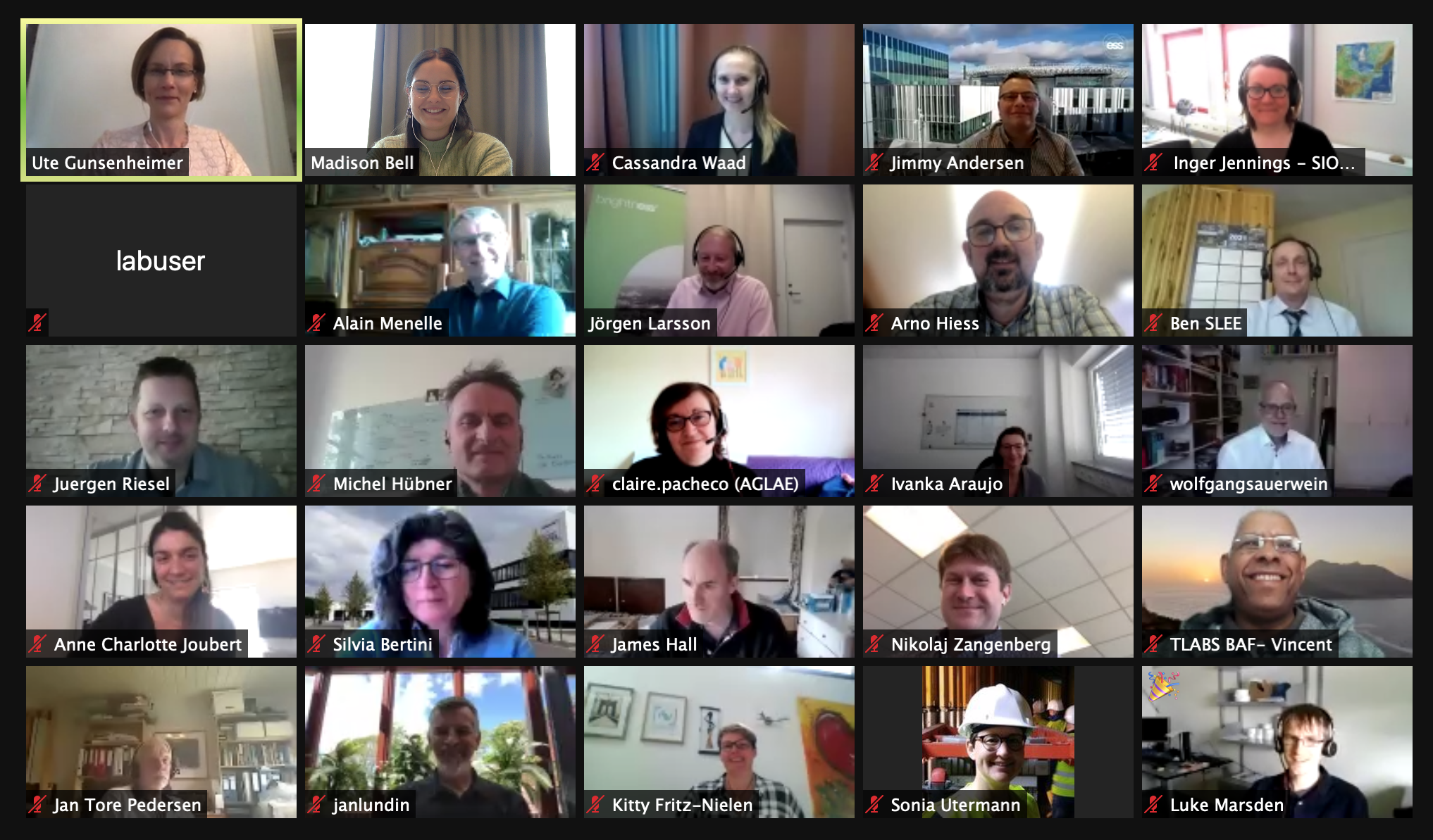 |
Some of the 230 participants in RI.Logistica, during the final interactive session |
In addition to ESS and BrightnESS², the conference was produced in partnership with the European Organization for Nuclear Research (CERN), the European Molecular Biology Laboratory (EMBL), the European Southern Observatory (ESO), Fusion for Energy (F4E), the International Thermonuclear Experimental Reactor (ITER), the Svalbard Integrated Arctic Earth Observing System (SIOS), the European X-Ray Free-Electron Laser Facility (European XFEL), the French Neutron Scattering Association (2FDN) and the European Intergovernmental Research Organisation forum (EIROforum).
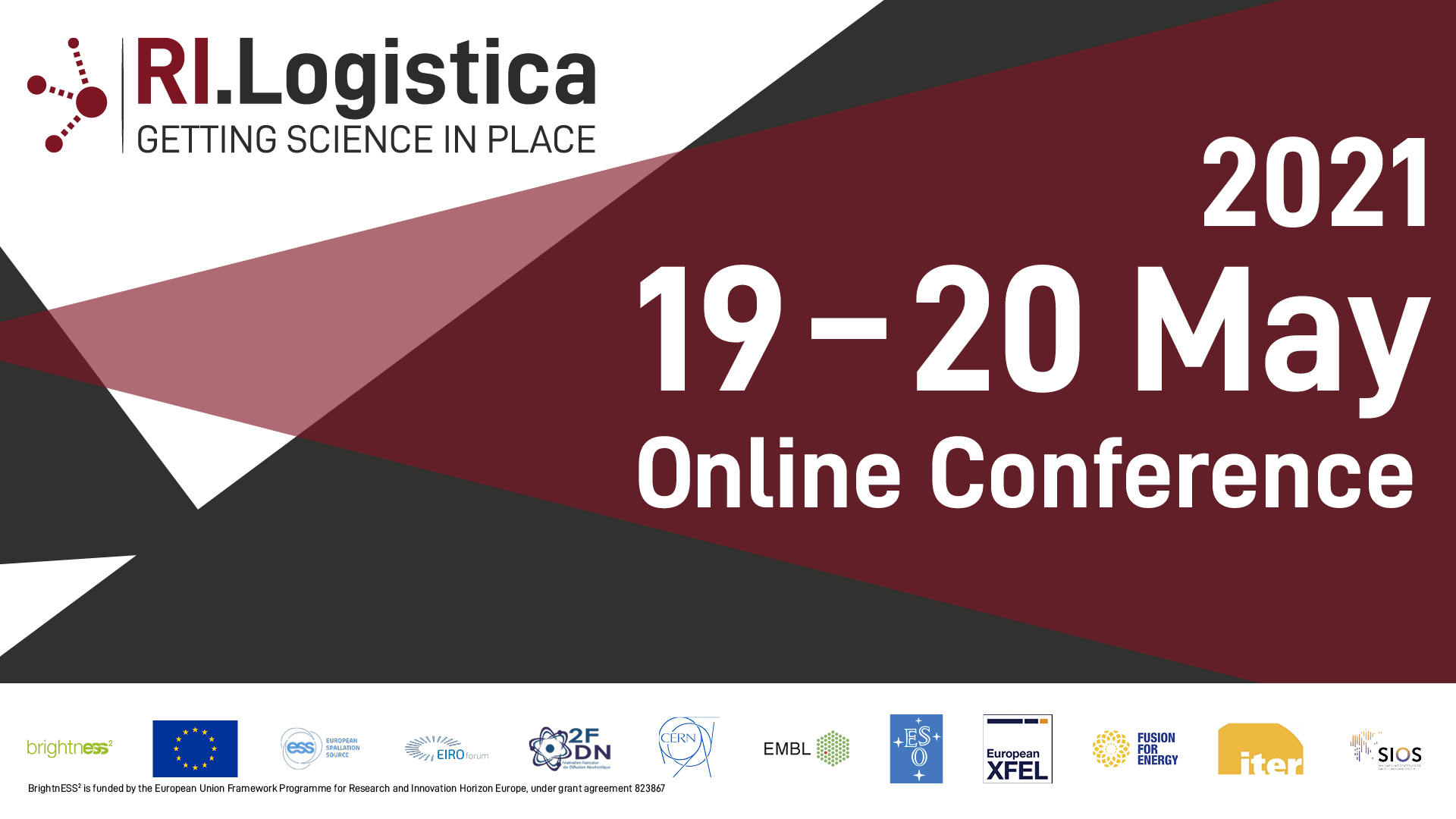 |



